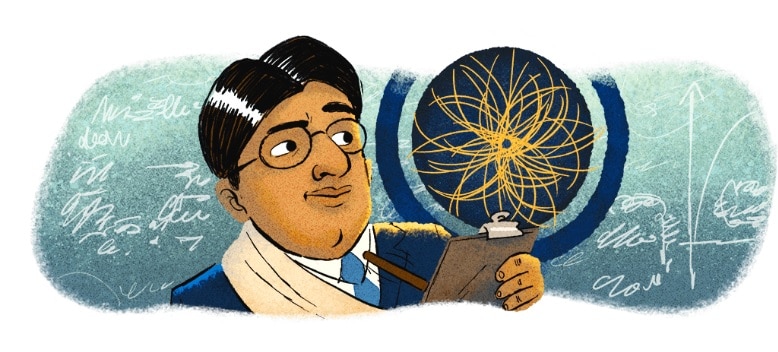Google Doodle Today: Saturday’s Google Doodle honors Indian physicist and mathematician Satyendra Nath Bose and his contribution to the Bose-Einstein condensate. On this day in 1924, he sent his quantum formulations to Albert Einstein, who immediately recognized it as an important discovery in quantum mechanics.

Here’s what you need to know about the man who revolutionized the world of physics:
- Bose’s journey to fame began in academics. Every day, his father, an accountant, wrote down an arithmetic problem to solve before leaving for work, which fueled Bose’s interest in mathematics.
- At the age of 15, Bose began pursuing a Bachelor of Science degree at the Presidency College, Calcutta, and soon thereafter earned a master’s degree in applied mathematics from the University of Calcutta. While at the top of his class in both degrees, he cemented his coveted position in the academia.
- By the end of 1917, Bose began lecturing on physics. While teaching Planck’s radiation formulas to postgraduate students, he questioned the way particles were calculated and began to experiment with his theories.
- He documented his findings in a report entitled Planck’s Law and the Hypothesis of Light Quanta, and sent it to a major science journal called The Philosophical Magazine. To his surprise, his research was rejected. At the same time, he made the bold decision to mail his paper to Albert Einstein.
- Einstein really recognized the importance of the discovery – and soon applied Bose’s formula to a wider range of phenomena. Bose’s theoretical paper became one of the most important findings in quantum theory.
- The Government of India recognized Bose for his tremendous contribution to physics by conferring the country’s highest civilian award, the Padma Vibhushan. He was also appointed as the National Professor, the highest honor in India for scholars.
- A true polymath, Bose served as the president of several scientific institutions, including the Indian Physical Society, the National Institute of Science, the Indian Science Congress, and the Indian Statistical Institute. He was also an advisor to the Council of Scientific and Industrial Research, and later became a Fellow of the Royal Society.
- In honor of Bose’s legacy, any particle that corresponds to his statistics today is known as a boson. His work has led to many scientific breakthroughs, including particle accelerators and the discovery of the God particle.
read all breaking news , today’s fresh news And IPL 2022 Live Updates Here.